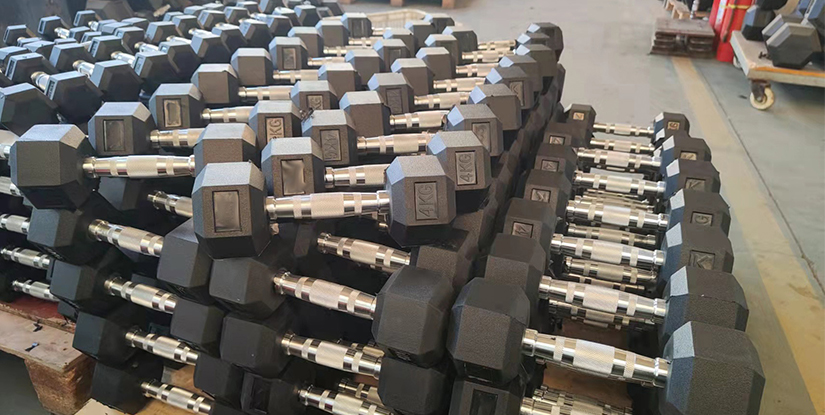how to make home fitness equipment

Overview: Why build your own home fitness equipment
Creating your own fitness gear at home combines cost efficiency, customization, and immediate accessibility. For many, the barrier to a robust home gym is not desire but price and space. The DIY approach addresses both by enabling you to tailor equipment to your goals, maximize small spaces, and upgrade gradually as your needs evolve. This section lays the foundation by explaining core principles: safety-first design, leveraging readily available materials, and planning for long-term durability. A well-planned DIY setup can rival commercial solutions in functionality while offering flexibility for periodized training—be it hypertrophy, fat loss, or mobility work.
Real-world outcomes often hinge on thoughtful planning. A study of home-based training interventions indicates adherence and results improve when users own the equipment they train with and can fit workouts into daily routines. That means selecting core pieces that align with your goals and space, then expanding with supplementary tools. In practice, a lean, high-impact kit—comprising a robust bar, adjustable dumbbells, a sturdy bench, and a versatile rack—can support a full spectrum of movements from squats and presses to rows and core work. The emphasis here is on build quality, safety testing, and scalable upgrades rather than creating a sprawling, multi-piece home gym from day one.
Framework to follow: assess space and load limits, select durable materials, design for safety and maintenance, build in stages, and validate each piece with load tests and usage trials. The rest of this article provides concrete builds, step-by-step guides, and practical tips so you can start small, stay within budget, and avoid common pitfalls.
Because DIY projects carry risk, this guide emphasizes critical safety checks, such as weight ratings, joint stability, and user ergonomics. It also presents case studies and checklists to help you evaluate safety thresholds and plan maintenance routines. The goal is to empower you to create reliable gear that supports consistent training without compromising safety or comfort.
1) Assess space, goals, and load limits
Begin with a surface-level inventory: ceiling height, floor type, doorways, ventilation, and potential mounting points. Translate these into concrete constraints: maximum barbells length, weight plate capacity, clearance for dynamic movements, and the ability to store gear when not in use. Establish your primary training goals over the next 6–12 weeks and map them to equipment needs. If your focus is compound lifts (squat, hinge, push/pull), prioritize a rack, a bar, plates, a bench, and stability aids. For conditioning and mobility, plan a platform area, a plyo box, and a jump rope or bike trainer that fits the space. Finally, determine a safe load baseline. For example, a home rack should tolerate at least 700–1000 lb on a barbell and 300–400 lb on a squat stand, with ample lateral support to prevent tipping during dynamic work.
To keep the setup scalable, design with modularity in mind: components that can be expanded with add-on plates, optional safety straps, or detachable bench modules. A clear map of the space helps you arrange items so you can perform a full routine without rearranging equipment mid-workout. A practical tip: measure doorways, cabinet depths, and floor-to-ceiling height; then draw a rough gym layout on grid paper or a simple app to test fit before purchasing or cutting materials.
2) Materials, safety, and sourcing
Durability and safety start with material selection. Common DIY builds use steel for frames and bars, high-density foam or rubber for padding, and sturdy fasteners (lock bolts, grade-8 bolts, heavy-duty hinges). When working with concrete or masonry, consider encapsulating weights or using precision-cut steel inserts to reduce cracking and improve balance. Sourcing tips: buy locally available steel pipe (e.g., 2x2 or 3x3 inch profiles), choose hard-wearing wood with proper load ratings for benches and platform edges, and favor powder-coated or galvanized metals to resist corrosion in humid environments. Rubber flooring or interlocking foam tiles protect flooring and provide grip and noise reduction. Practical safety checks include: confirming welds and joints for signs of fatigue or cracking, verifying that weight plates have standard 2-inch (50 mm) center holes for compatibility with Olympic bars, and ensuring there is no protruding hardware that could snag clothing or injure skin. For beginners, start with lighter components and build up. For example, a concrete-filled equipment approach offers cost savings but requires careful handling to avoid shattering or imbalance. Always plan for a secondary tether or safety spotter in early testing, especially when learning new movements or using new devices.
Documentation matters. Photograph each build step, record torque values for bolts, and keep a simple log of weights used and any adjustments. This creates a lifecycle record that helps with maintenance and future upgrades. Over time, you’ll accumulate a clear inventory, understand failure points, and know when a piece must be replaced or reinforced.

